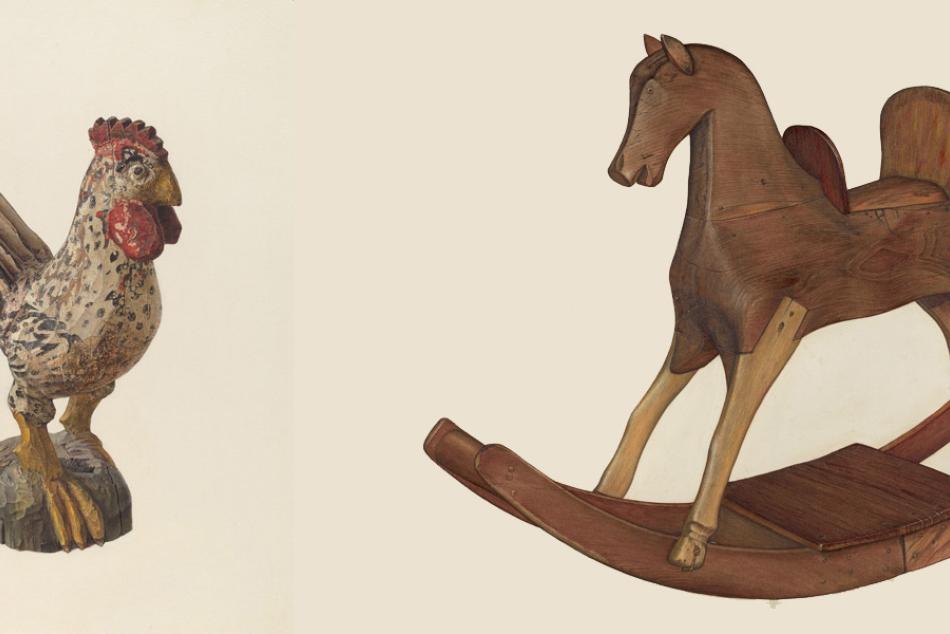Past Exhibition
Hendrick Avercamp: The Little Ice Age

Details

Overview: 14 paintings and 16 drawings by Hendrick Avercamp were shown in this exhibition, the first ever devoted to the work of the 17th-century Dutch painter. The exhibition presented scenes of skating, sleigh rides, and outdoor games on frozen canals and waterways and included Winter Games on the Frozen River Ijssel, a recent gift of Andrea Woodner to the National Gallery of Art. Other works in the exhibition were on loan from public and private collections in Europe and the United States. Antique ice skates, including a pair of children's curl skates, and colf clubheads were on view. The game of colf, a precursor of golf, was depicted in many of Avercamp's winter scenes.
On March 19 the lecture "Skates & Skating in the Netherlands: When There was Actually Ice!" was presented by skate collector Anrie Broere. Sunday lectures on March 21 were presented by Pieter Roelofs, curator of 17th-century paintings, Rijksmuseum, who introduced the exhibition, and by Bianca M. du Mortier, costume curator, Rijksmuseum, who spoke on "Hendrick Avercamp—Fashions on the Ice." A book signing of the exhibition catalog followed. The National Gallery of Art and Gallaudet University created a joint pilot project of exhibition-related programs for visitors who were deaf or hard of hearing, a condition Avercamp may have shared. On May 19 harpsichordist Stephen Ackert performed music by Dutch composers in honor of the exhibition.
Organization: The exhibition was organized by the National Gallery of Art, Washington, and the Rijksmuseum, Amsterdam. Pieter Roelofs, curator of 17th-century paintings, and Marijn Schapelhouman, senior curator of drawings, Rijksmuseum, were curators. Arthur K. Wheelock Jr., curator of northern baroque painting, National Gallery of Art, was coordinator in Washington.
Attendance: 87,604 (107 days)
Catalog: Hendrick Avercamp: Master of the Ice Scene, by Pieter Roelofs et al. Amsterdam: Rijksmuseum and Nieuw Amsterdam Publishers, 2009.
Brochure: Hendrick Avercamp: The Little Ice Age, by Margaret Doyle. Washington: National Gallery of Art, 2010.
Other Venues: Rijksmuseum, Amsterdam, November 21, 2009–February 14, 2010




